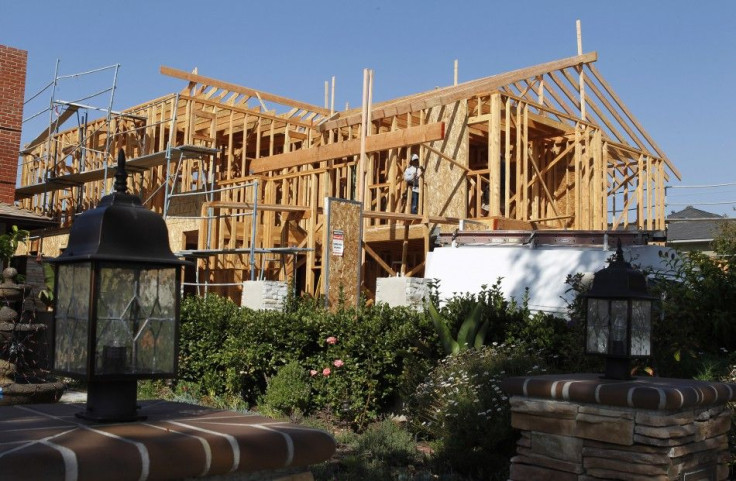US Housing Recovery Lifts Appliance Makers

It's been a long time coming, but the devastated U.S. real estate market might have finally turned the corner. Sentiment among homebuilders is on the rise and home appliance makers are poised to benefit from more sales to builders.
Whirlpool Corporation (NYSE: WHR) -- the world's biggest maker of refrigerators, washers, ovens and other large home appliances -- reported a higher-than-expected quarterly profit Tuesday and raised its earnings outlook for the year.
Chairman and CEO Jeff Fettig said the company is reaping the benefits of “positive trends in U.S. housing,” and “well-positioned for global industry demand recovery.”
The Benton Harbor, Mich.-based Whirlpool lifted its previous per-share full-year earnings guidance to between $6.90 and $7.10 a share from its prior estimate of $6.50 to $7 a share.
So far this year, shares of Whirlpool are up nearly 95 percent, compared with a 13 percent gain in the broader S&P 500 index, and at a time when many companies are struggling to find top-line growth.
For the past six years or so, weak home sales have depressed appliance sales.
But things are different now. Whirlpool and General Electric Company (NYSE: GE), the biggest suppliers of appliances to home builders, are enjoying the fruits of a U.S. housing recovery.
Appliance revenues at the Fairfield, Conn.-based GE were up 9 percent in the third quarter, the company said Friday.
“For appliances we’re seeing some contract channel strength. Contract channel revenues were up 22 percent driven by housing starts,” Keith Sherin, GE’s chief financial officer, said on an earnings conference call Friday.
“As we head into the final quarter of the year, the housing recovery continues to build momentum,” Michelle Meyer, senior economist at Bank of America Merrill Lynch, wrote in a note to clients.
Homebuilders have become increasingly optimistic, inventory continues to be drawn down and prices are edging higher.
The inventories of unsold new homes now stand at their lowest levels in more than 45 years, while the inventory of unsold existing homes on the market is back to levels last seen in 2005, long before the housing bubble burst and precipitated the financial crisis.
Home prices are now up for six consecutive months on a seasonally adjusted basis, according to Core Logic, translating to a 4.6 percent gain from the year-ago period. The gain in prices further boosts confidence, pushing potential homebuyers off the sidelines.
September figures released for housing starts and building permits convey strong optimism and implied growth for the housing market as levels reach the highest point since the official "end" of the recession. Meyer forecasts housing starts are on track to be up about 20 percent this year to an average of 750,000 units.
All of the data point to a more fertile housing sector with gradual long-term growth expected as newly constructed houses fill with homebuyers, with rising prices helping to boost homeowner confidence and stimulate additional activity.
“On the whole, housing seems to be a driver for economic optimism, and there is reason to hope that consumers, requiring appliances and household products, might reach further outside of their recent comfort zones and continue to spend,” Kim Fraser, an economist with BBVA Compass, wrote in a note.
Moreover, the recent policy announcements related to the housing market have also been favorable.
The $40 billion-a-month in bond purchases the Federal Reserve launched last month has pushed the average rate on a 30-year fixed mortgage down to 3.36 percent -- the lowest since mortgage buyer Freddie Mac began keeping records in 1971.
Cheap loans have helped lift home sales, prices and construction — key pillars of the housing market's gradual but steady comeback.
“The dynamics of a sustained recovery are kicking in,” Meyer said. She expects residential investment to add nearly 0.3 percentage points to GDP growth this year, the first annual positive contribution since 2005.
This reflects both a gain in new construction and renovations -- the latter is now a larger share of residential investment than new construction.
As home construction recovers, it will take a larger share of the economy. It is currently only 2.4 percent of GDP, down significantly from its high of 6.3 percent in late 2005.
© Copyright IBTimes 2024. All rights reserved.






















